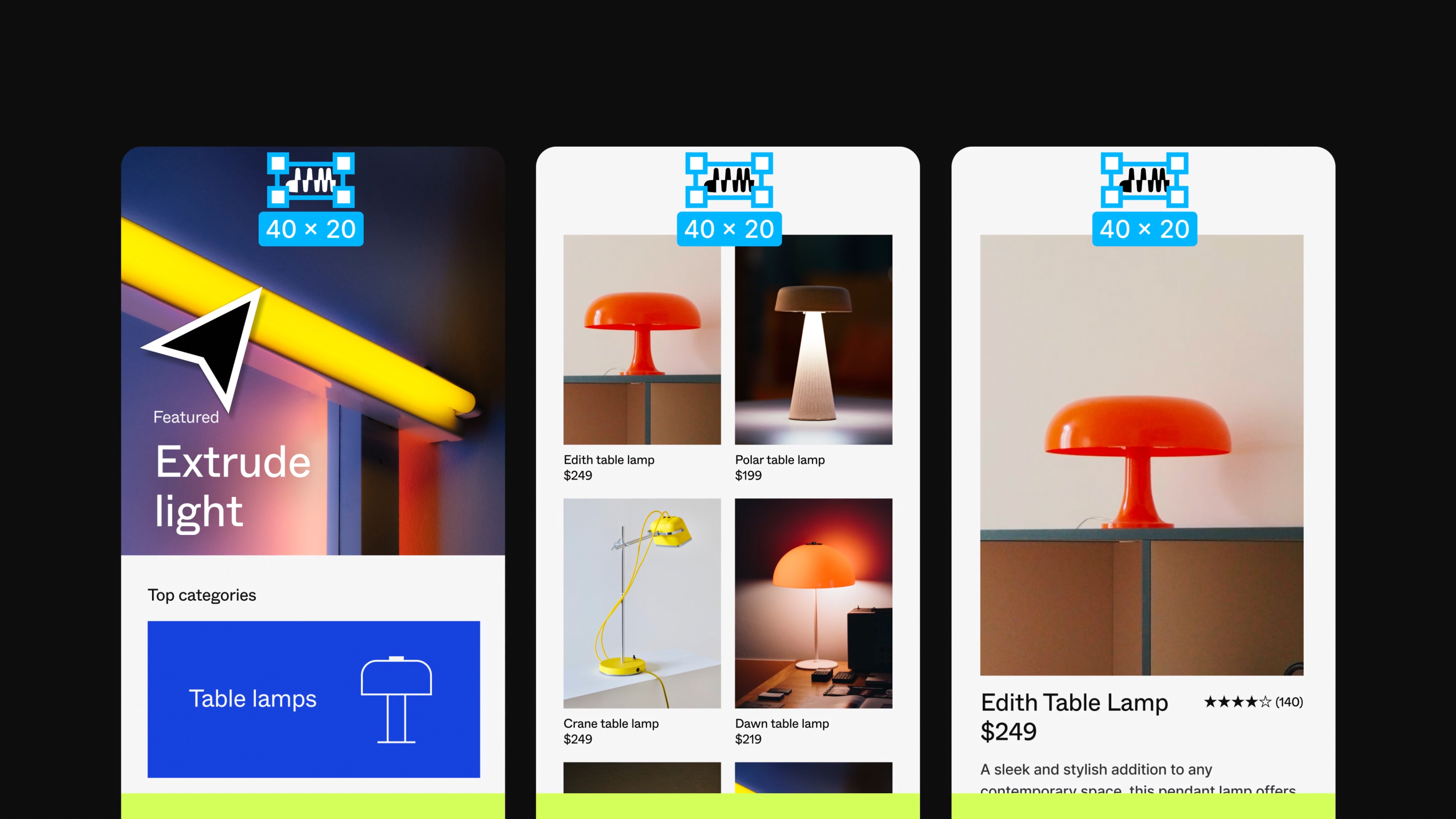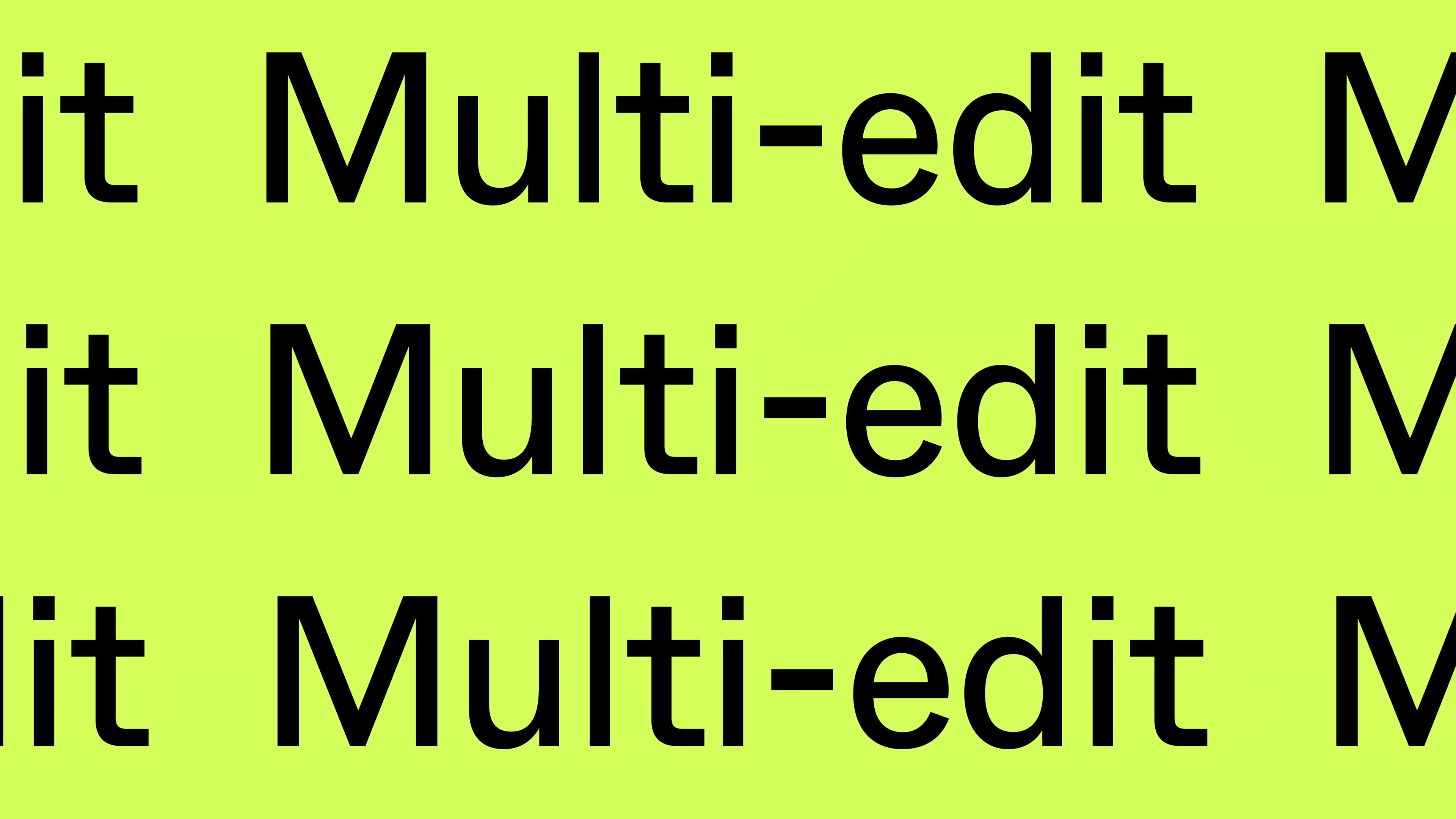In the dynamic world of digital design, the continuous innovation of tools and features is not just a matter of enhancing user experience but fundamentally transforming how designers interact with technology to bring their creative visions to life. A testament to this transformative journey is Figma’s introduction of the multi-edit feature, a groundbreaking development that simplifies the editing process across multiple designs with just a few clicks. Spearheaded by Sho Kuwamoto, Vice President of Product, and Nikolas Klein, Product Designer at Figma, the multi-edit feature represents a significant leap forward in design tool functionality, questioning the foundational principles of design tools and aiming to redefine user interaction.
Check out our playground file to start exploring multi-edit.

The Genesis of Multi-Edit
The inception of multi-edit dates back to 2019, during the development phase of the variants feature. The Figma team, grappling with the challenges of repetitive editing tasks, embarked on a two-day design summit dedicated entirely to unraveling these complexities. It was here that the simple yet profound concept of multi-edit emerged: a mode where all edits could be applied simultaneously across all variants, offering a solution not just limited to variants but extendable to various design scenarios. This insight marked the beginning of multi-edit’s journey from concept to a core feature of Figma, illustrating the company’s commitment to questioning and redefining the norms of design tool functionalities.
The Path to Realization
Despite its promising start, multi-edit entered a period of hibernation as the team navigated through the intricacies of its implementation. The transition from a conceptual mode to an integral feature involved rethinking the mechanics of selection and editing, challenging pre-existing norms, and embracing the complexities of software development. This phase of introspection and gradual development underscores the meticulous process behind Figma’s innovative approaches, highlighting the balance between visionary ideas and the pragmatic challenges of bringing these ideas to fruition.
Awakening and Refinement
The revival of multi-edit from its slumber was fueled by the persistent popularity of the idea within Figma and the belief in its potential to enhance design efficiency. The development process involved prototyping, experimentation, and a deep dive into the functional and philosophical aspects of multi-edit. This iterative approach facilitated a comprehensive understanding of how multi-edit could seamlessly integrate with Figma’s existing features, ensuring that the final product not only meets but exceeds user expectations.
The Impact of Multi-Edit
The launch of multi-edit is a reflection of Figma’s ethos of continuous improvement and user-centric innovation. By allowing designers to edit multiple objects across frames and component sets efficiently, multi-edit significantly reduces the time and effort involved in repetitive tasks, thereby enhancing productivity and creative freedom. This feature exemplifies Figma’s dedication to providing tools that adapt to the user’s needs, enabling a more intuitive and flexible design process.
Looking Forward
The introduction of multi-edit is not the culmination of Figma’s innovation journey but a stepping stone towards further advancements. As users explore and integrate this feature into their workflows, feedback and insights will shape the evolution of multi-edit and other features, underscoring the dynamic and collaborative nature of Figma’s development philosophy. The journey of multi-edit from a whiteboard concept to a pivotal feature exemplifies the transformative potential of reimagining design tools, setting a new standard for efficiency and intuitiveness in digital design.
In the words of Sho Kuwamoto and Nikolas Klein, the multi-edit feature is a testament to Figma’s commitment to pushing the boundaries of design tool capabilities. By questioning the foundations and embracing the challenges of innovation, Figma continues to empower designers worldwide, enabling them to realize their creative visions with unparalleled ease and efficiency.
Source: Figma Blog
